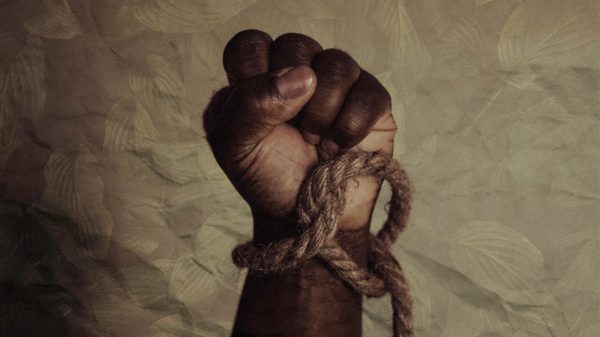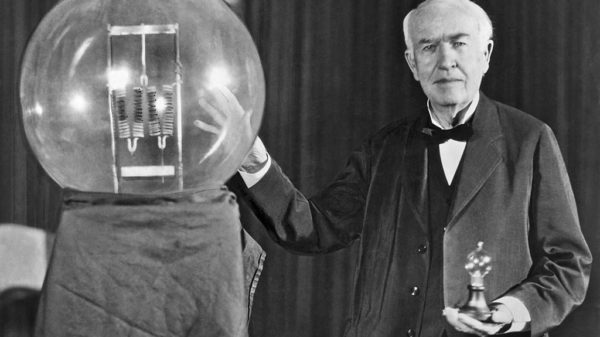The Hopi Tribe are considered a Native American tribe who now live on the Hopi reservation in Arizona’s Northeast side. As of the census in 2010, there are over 19,000 Hopi in the U.S. The Hopi tribe is considered a sovereign nation within the United States. It has government-to-government relations with the United States government. According to Hopi Constitution and bylaws, particular villages are able to retain their autonomy.
Additionally, the Hopi Tribe also have their language. Many Hopi people are enrolled in the Tribe of Arizona, but some take their schooling in the Colorado Tribe. Let’s take a look at some interesting facts about the Hopi Tribe’s culture and lifestyle.
Origins of the Hopi Tribe
The exact origins of the Hopi are not recorded. However, it is hypothesized that they came from The Ancestral Pueblo. The Hopi people call these folks ancient people. Archaeology also revealed that Hopi people once occupied some pueblos that were abandoned. According to origin traditions, Hopi stories tell that their ancestors were able to climb up from underground spaces. They thrived in many locations before settling in this present world.
Hopi Tribe Culture
Hopi culture has a strong emphasis on monogamy and matriarchy. These people also practice matrilocality. In this setup, a husband becomes part of his household in laws. Any town will include at least two dozen or more matrilineal clans. They then further group these clans into larger societal units.
Hopi Economy and Gender Roles
The economy of the Hopi people revolves around farming. But after the colonization of the Spanish, they began herding sheep. Their chief crop is corn, but the Hopi can also grow squash, melons, and numerous other vegetables and fruits. It is up to the men to farm and herd aside from building houses. Men do most of the ceremonies and make moccasins as well as garments and blankets. It is up to the women to weave baskets and create pottery. Women also garden and raise the children. They would take care of the elderly and were responsible for the strenuous task of providing their families with hand-drawn water. Women also hand ground the cornmeal.
Ceremonies Among Young Hopi
Young girls and boys begin their ceremonial careers after reaching six years of age. They tribe inducts them which is a religious tradition of the Hopi. This Hopi religious tradition represents wide-ranging spirits, ancestors, and even clouds. During certain ceremonies, men impersonate these spiritual beings in elaborate costumes. Overall, women took the role of observers during the public aspects of the tradition. Men also have the option of joining numerous societies, which include those that conduct the strenuous tribal initiation and the soyal. The soyal is critical that the community entrusts one of the highest official, typically the chief of the town, to be responsible for this ceremony..
Snake Dance
The snake dance is the most popular of the Hopi rituals and takes place in late August. During this ceremony, the performers will dance with live snakes in their mouths. Although they perform part of the snake dance in public, visitors will only see a brief, although an exciting portion of a long ceremony, most of which they conduct privately in the kivas.


















